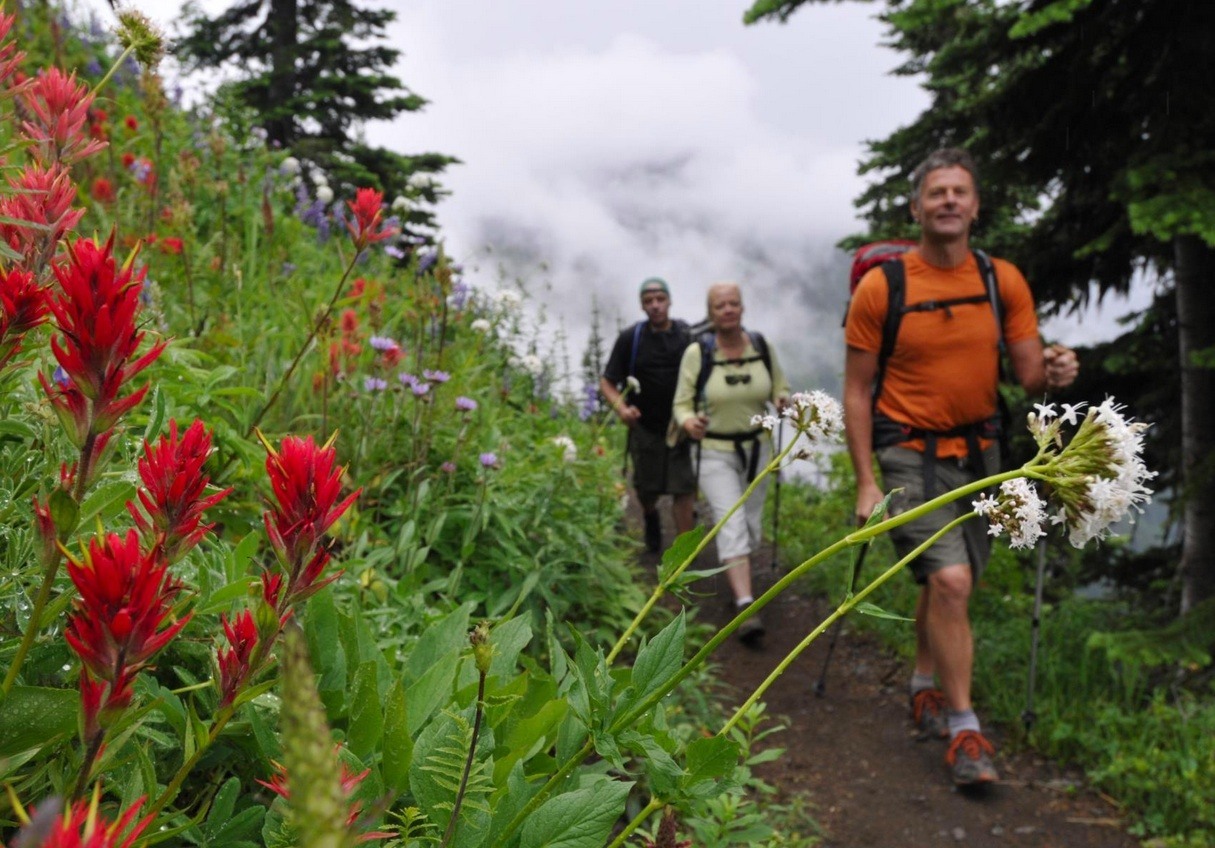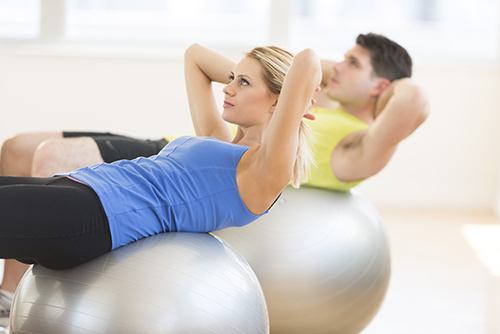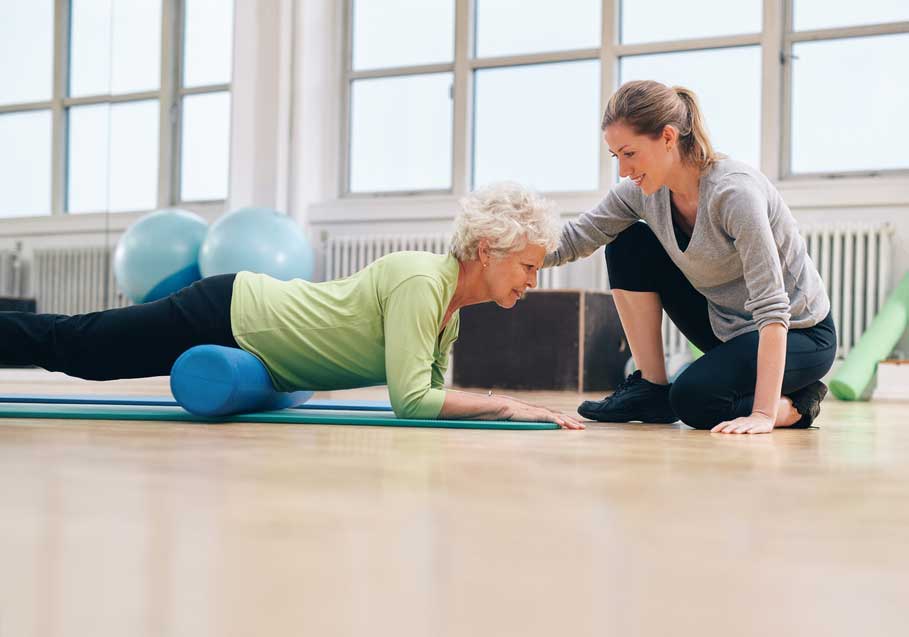Top 7 Reasons To Work Out With a Friend
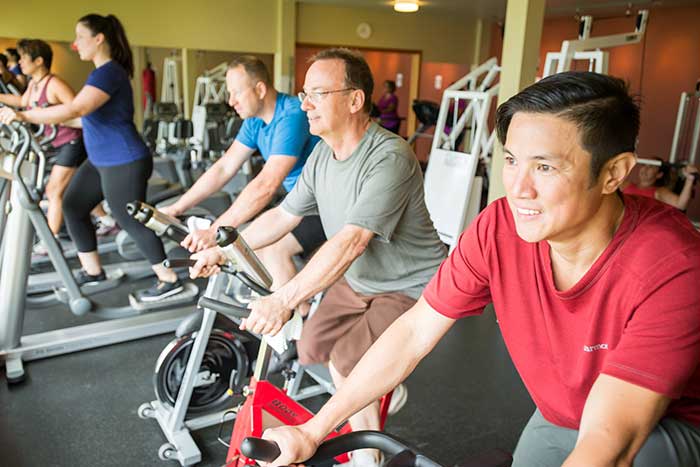 Whether you want to exercise for weight loss, physical, and/or mental health, it is important to include it into your lifestyle – but it’s not always easy.
Whether you want to exercise for weight loss, physical, and/or mental health, it is important to include it into your lifestyle – but it’s not always easy.
You know you feel better when you engage in some form of physical activity. And yet, even though we know the benefits of exercise, sometimes finding the motivation to work out can be a challenge. You’re busy, you’ve been working all day and there’s too much at home to get done, you’re too tired, and the list goes on. Truth is, there is always a reason not to do something, and exercising can make the top of that list. So how do we ensure we are getting our exercise? How do we motivate ourselves to make sure it happens?
The key to motivating yourself to engage in exercise is to find what motivates you to keep it a regular part of your schedule.
Motivation Tips for Exercising
- Ensure it’s a form of exercise you enjoy, then it won’t be a ‘chore’, but fun!
- Pump up the volume! If music gets you going, use it!
- Make it routine: having a set time of day or week for your cardio kickboxing class or evening walk will habituate yourself and your body, and will make that exercise seem like just another part of your day, rather than an optional activity.
- And last but not least, exercise with a friend. Enlisting a workout buddy is one of the most important things you can do for your fitness routine. A longtime friend, a neighbor, a pal from the gym, your partner, even your dog, are all incredible motivators when it comes to sweating it out. In an enlightening study done by the University of Virginia, participants were given a weighted backpack and were brought to a trailhead at the bottom of the hill; some alone, and some with a friend. They were then asked to rate the slope of the trail ahead. Those who were with a friend guessed that the trail would be less challenging than those who were alone, and, those who were with a friend they had known a long time guessed that the trail would be even less challenging. Applying this lesson to all workouts, it would seem that simply being with that friend makes the workout seem less daunting!
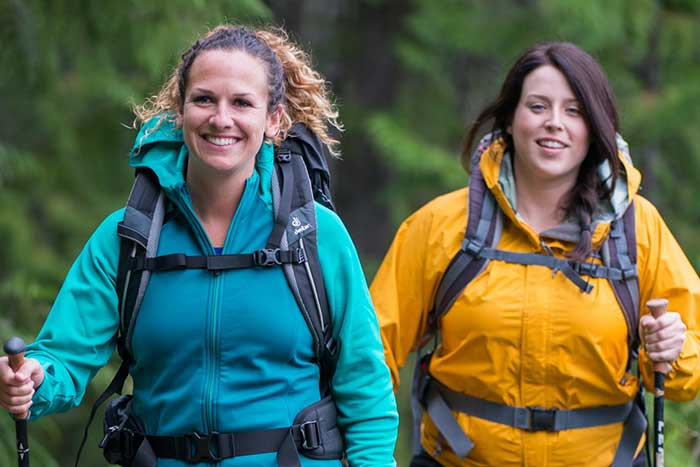
7 reasons you should exercise with a friend
- Fun Factor: Friends make life more fun, it makes all the more sense they would do the same for your workout. A little light-hearted good humor will make all the difference as you’re figuring out which way to move your butt in Zumba class.
- Friendly Competition: Even if you don’t consider yourself competitive, you’d be surprised how having a buddy at the gym can encourage you to go farther. When you’re doing your reps and are feeling a little breathless on your last set, look over at your friend sweating away, with no sign of slowing down. We dare you to see if you don’t get that extra push to keep going!
- Health Multitasking: Nothing like some good conversation (hopefully a bit breathless since your heart rate will be up!) to help the exercise time just sail by. And more than just a motivator to get you exercising, having that friend there as a source of support for a venting session, or just for a general camaraderie catch up, can lessen stress levels and elevate feel-good hormones, all contributing to overall good health.
- Braver together: When exercising alone, it’s easy to get into a routine that can old, fast. Whether trying a new trail in your nearby National Park, that new martial arts fusion class the gym is offering, or making the investment in a fitness retreat like Mountain Trek, the encouragement and support you will get in trying it together will make you all the braver to expand your exercise horizons. And who knows – as you experiment you may discover a new exercise you both enjoy to add to your exercise repertoire!
- Safer together: When going for a hike in the woods, or for a late-night or early morning jog, it’s always safer to have a partner. Knock on wood, should someone sustain an injury, you’ve got the able body there for first aid or to get help.
- Birds of a feather, exercise together: Like attracts like when it comes to pals, so if you have active friends, chances are you’ll be active too. Having fit friends also encourages you to get out there more often because they’ll be all the more likely to call you up and initiate that next outing. Their success will also become your success and vice versa. When you see fitness goals set and attained, it makes you not only feel victorious with and for your friend, but allows you to feel like your fitness goals are more possible than ever.
- Accountability: Having a fitness date is like scheduling an appointment, and you’re far less likely to skip out on your exercise if someone is there to hold you to it. You won’t want to disappoint them by being a no-show. If your workout buddy is your dog, and you’ve already mentioned a walk, they are sure to hold you to it! By eliminating the ‘should I or shouldn’t I?’ of your workout, you are eliminating any possible waffling about doing it, and are lining yourself up for success.
If you don’t currently work out with anyone and are wondering who you could get as your exercise pal, try asking your friends – you never know who is looking to kick start their fitness alongside you, or who goes for a daily morning jog that you didn’t know about.
Try using several of your motivational fitness tools in one swoop; like setting a weekly time for your hike with your brother, or the last one to finish 100 sit-ups buys the post-workout brunch this morning!
Getting in your exercise, achieving weight loss goals, maintaining physical and mental health, while bonding and spending quality time with friends? Sounds like a win-win-win-win to me!
What is Mountain Trek?
Mountain Trek is the health reset you’ve been looking for. Our award-winning retreat, immersed in the lush nature of British Columbia, will help you unplug, recharge, and roll back years of stress and unhealthy habits. To learn more about the retreat, and how we can help you reset your health, please email us at info@mountaintrek.com or reach out below:

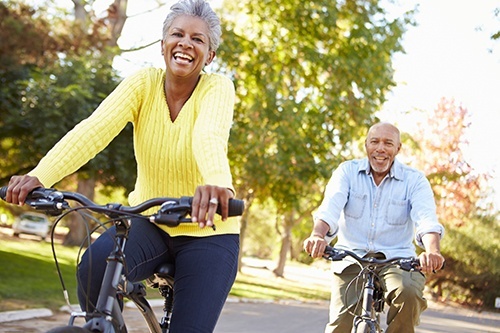 In years past, it was not uncommon to retire after a hard, lifelong career, only to kick up your feet, relax, retire perhaps to a warmer climate, and maybe get in a couple of games of weekly golf. Yet these days, with advancements in modern medicine and a swing towards healthier life habits, not only are we living longer, we’re therefore working longer. And although this ‘retire and relax’ practice is still very much par for the course for some, we are seeing a major shift in the trend for retirees: today, boomers are younger and more active, and later in their professional life are willing and wanting to take careers that matter more to them instead of making them the big bucks or raising them higher up the corporate totem pole.
In years past, it was not uncommon to retire after a hard, lifelong career, only to kick up your feet, relax, retire perhaps to a warmer climate, and maybe get in a couple of games of weekly golf. Yet these days, with advancements in modern medicine and a swing towards healthier life habits, not only are we living longer, we’re therefore working longer. And although this ‘retire and relax’ practice is still very much par for the course for some, we are seeing a major shift in the trend for retirees: today, boomers are younger and more active, and later in their professional life are willing and wanting to take careers that matter more to them instead of making them the big bucks or raising them higher up the corporate totem pole.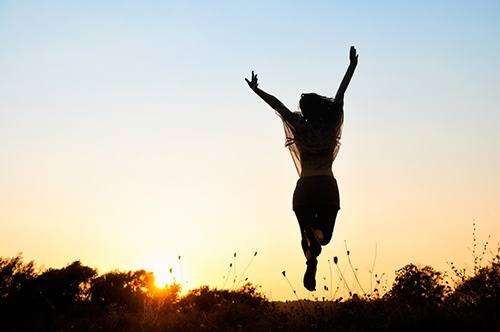
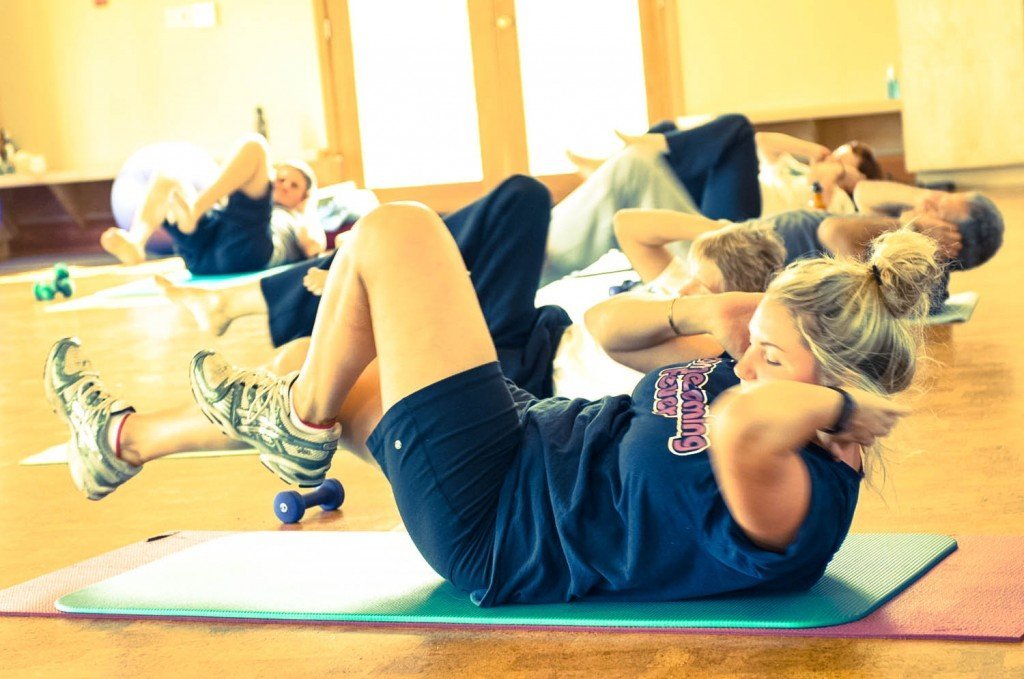 Trends, unlike fads, are cultural flows or tendencies. Fads pass and often with nothing more than surface style or quick money in mind.
Trends, unlike fads, are cultural flows or tendencies. Fads pass and often with nothing more than surface style or quick money in mind.
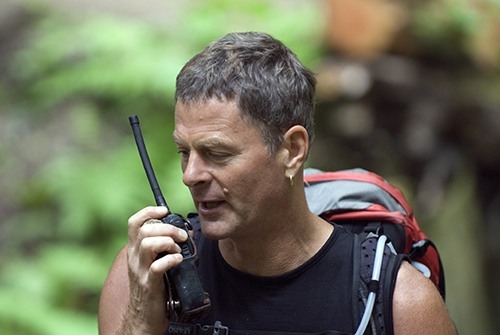 In this sixth installment of our Q&A series we bring you part two of our interview with Kirkland Shave, Mountain Trek’s intrepid Program Director, hiking guide, and esteemed lecturer. In our
In this sixth installment of our Q&A series we bring you part two of our interview with Kirkland Shave, Mountain Trek’s intrepid Program Director, hiking guide, and esteemed lecturer. In our 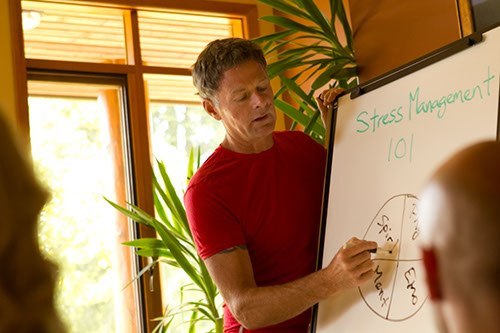
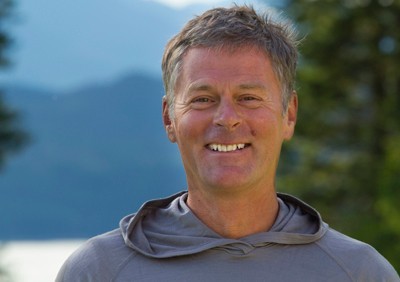 In the fifth instalment of our Q&A series we veer slightly from the path and, instead of interviewing a Mountain Trek guest, we thought we’d give you a peek behind the curtain and sit down for a chat with our very own Kirkland Shave.
In the fifth instalment of our Q&A series we veer slightly from the path and, instead of interviewing a Mountain Trek guest, we thought we’d give you a peek behind the curtain and sit down for a chat with our very own Kirkland Shave.